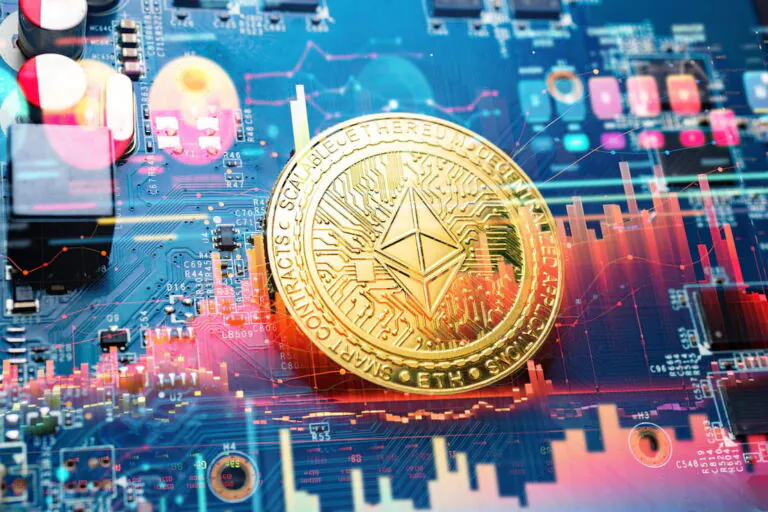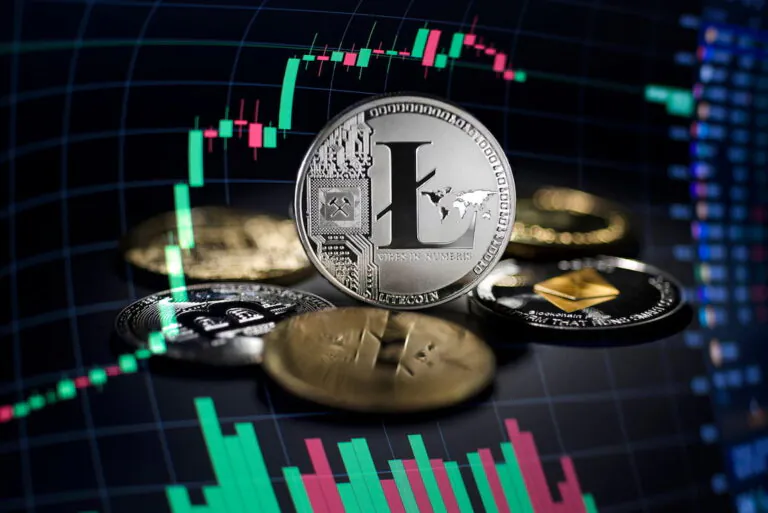It’s no secret that president Donald Trump is a big supporter of cryptocurrency and blockchain technologies. Initially a huge crypto sceptic, he then became one of many people dreaming of making the USA the crypto capital of the world.

USDD Cryptocurrency Overview: Network Security and Where to Buy USDD
What is USDD cryptocurrency?
USDD, a product of TRON DAO Reserve, represents an advanced ecosystem of stablecoins meticulously designed to reflect the value of the US dollar, initiating a transition towards a reliable, decentralized digital currency infrastructure aimed at seamless blockchain transactions.
Serving as a universal medium of exchange, USDD extends beyond simple transactional utility, offering a reliable platform for various financial operations such as payments, trading, staking, and long-term value preservation.
At the core of USDD lies stability, ensured by a diverse portfolio of cryptocurrencies, including but not limited to Bitcoin, Ethereum, and TRON, strategically selected to strengthen its resilience to market fluctuations. This innovative approach is complemented by a reserve collateralization strategy, ensuring an excess of assets significantly surpassing the current circulation of USDD.
Harnessing the power of blockchain technology and a carefully selected reserve of assets, USDD acts as a symbol of reliability and security in the constantly evolving world of digital finance, poised to redefine the parameters of decentralized finance (DeFi) and provide users with unparalleled financial self-determination and stability.
Who created the USDD network and cryptocurrency?
Justin Sun, a visionary entrepreneur behind the TRON platform, is a key figure in the development of innovative technologies and blockchain solutions. He spearheaded the launch of the USDD stablecoin, marking another significant step in the development of the digital economy.
Introduced on May 5, 2022, USDD cryptocurrency opens a new era in the realm of stable digital assets. It is built on the TRON blockchain, ensuring high transaction speeds and low fees. Additionally, USDD is available on the Ethereum and Binance Smart Chain (BNB) networks, demonstrating a commitment to maximum accessibility and user convenience.
This initiative by Justin Sun underscores his strategic vision for the digital future, where stable cryptocurrencies play a crucial role in everyday financial operations. The development of USDD under his leadership reflects a commitment to creating a reliable, user-friendly, and accessible alternative to traditional financial instruments.
What sets USDD apart from the crowd?
USDD is not just an ordinary stablecoin; it stands out as an innovative asset that transcends the boundaries of typical digital currencies. Its issuance and redemption are facilitated through smart contracts on the TRON blockchain, ensuring high transaction speeds and security, as well as complete transparency and verifiability of all transactions involving this coin. This expands users’ capabilities to participate in financial operations, including access to staking.
The management and development of the cryptocurrency are carried out by a decentralized community of stakeholders, which makes strategic decisions through the TRON DAO Reserve (TDR). TDR acts as the primary custodian of this coin, ensuring currency stability and maintaining a sustainable exchange rate in the interests of the entire community.
The concept of USDD revolves around creating a financial organization capable of ensuring stability within the TRON ecosystem amidst changing economic conditions. This is achieved through its multifunctionality—from managing risk-free interest rates and liquidity to implementing monetary and exchange rate policies. As a reliable lender of last resort, USDD provides stability and reliability in the digital environment.
How many USDD coins are in circulation?
USDD coin is a digital currency specifically created to maintain a constant exchange rate at a 1:1 ratio with the US dollar. Each unit of this cryptocurrency used in trading is backed by the same amount of dollars held in reserve, ensuring currency stability and reliability.
Initially, the use of USDD was authorized for nearly two billion dollars, but only 1.20 billion dollars have been authorized and not yet released into circulation.
At the time of writing, the total supply of USDD is estimated to be approximately 731.62 million US dollars, with the current price of USDD at ₴38.81.
How is the USDD network protected?
One of the critical components of security for any stablecoin is the stability of the assets on which it is based. In this regard, the USDD protocol stands out, providing redundant coverage with highly liquid assets such as BTC, TUSD, and TRX.
However, maintaining stability faces challenges, especially in unfavorable market conditions when the values of reserve assets fluctuate. In such cases, the monetary policy of the USDD protocol comes into play, allowing for dynamic adjustment of the ratio of reserve assets to maintain the stability of the digital currency. This is a built-in mechanism that ensures continuous protection and reliability of USDD in the face of volatile market conditions.
Where and how can you buy USDD?
USDD can be acquired through various cryptocurrency exchanges and platforms that support this stablecoin. Currently, many major cryptocurrency exchanges offer the ability to exchange other cryptocurrencies for USDD.
Users have the option to purchase USDD using various cryptocurrencies such as Bitcoin (BTC), Ethereum (ETH), Tether (USDT), and others, as well as a variety of payment methods such as bank transfers or payment cards, depending on the options provided by the specific exchange or platform.
To do this, users typically need to register on the chosen exchange or platform, undergo a verification process (in some cases), then fund their account with funds or cryptocurrency and exchange it for USDD stablecoin at the current exchange rate.
Additionally, there is the option to purchase USDD directly through platforms that support the exchange of fiat currencies for cryptocurrency, or through specialized decentralized finance protocols (DeFi), where users can participate in liquidity or use asset exchanges.
It is important to consider that the choice of platform for purchasing USDD may depend on a number of factors, including ease of use, available payment methods, geographical location, and required levels of security and privacy. Users are recommended to conduct their own research and carefully review the service terms before conducting transactions.
Conclusion
In conclusion, the USDD cryptocurrency represents an innovative stablecoin that provides reliable protection through its high-liquidity assets and dynamic monetary policy. This overview has provided extensive information on how USDD operates, the benefits it offers, and how it can be acquired.
Despite the constantly changing cryptocurrency market, USDD continues to remain one of the most stable and sought-after stablecoins due to its innovative architecture and provided security. If you are interested in acquiring USDD, numerous cryptocurrency exchanges and platforms offer convenient ways to do so. Additionally, don’t forget to conduct your own research and pay attention to current market trends before making a purchasing decision.
Start your crypto exchange with Coin24

Exchange BTC, ETH, USDT and more — cash or card

Secure and fast crypto exchange since 2018



